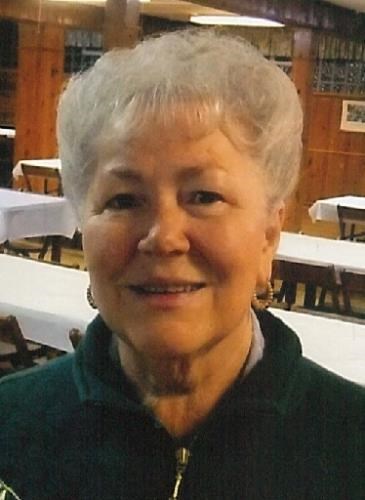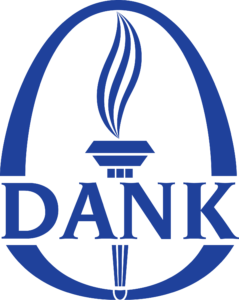The German Garden and Cultural Foundation
The German Garden and Cultural Foundation is a non-profit whose mission is to improve the German Cultural Garden, located in Cleveland, Ohio, in order to promote, preserve, educate, enhance and display Germanic Culture focusing in on northern Ohio and surrounding areas.
In The Beginning…
The German Cultural Garden is one of 39 culturally-themed gardens located along East Blvd. & Martin Luther King Blvd. in Cleveland Ohio. These gardens were established in 1916 after John D. Rockefeller donated 254 acres, to the City of Cleveland, in 1896. The Cleveland Cultural Gardens Federation is comprised of representatives from all the individual gardens. The annual “One World Day” is their signature event and promotes the motto, “Peace through Mutual Understanding”.The German Garden was the third garden created and was dedicated on June 2, 1929.
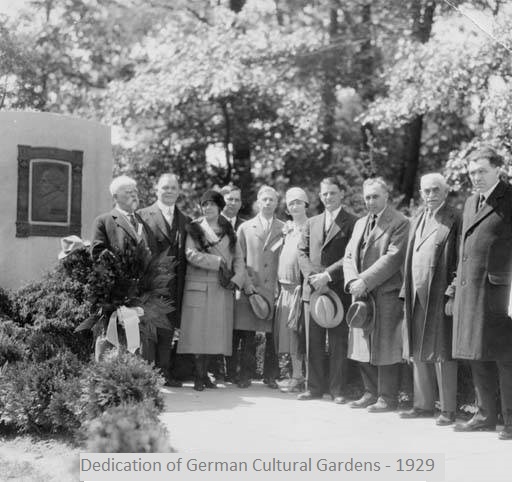
Cleveland, Ohio
1036 East Boulevard
Between East Boulevard & Martin Luther King Jr. Drive
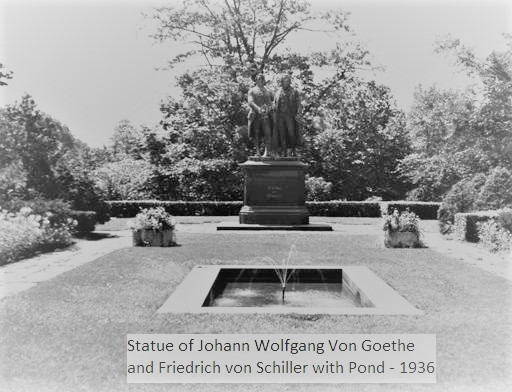
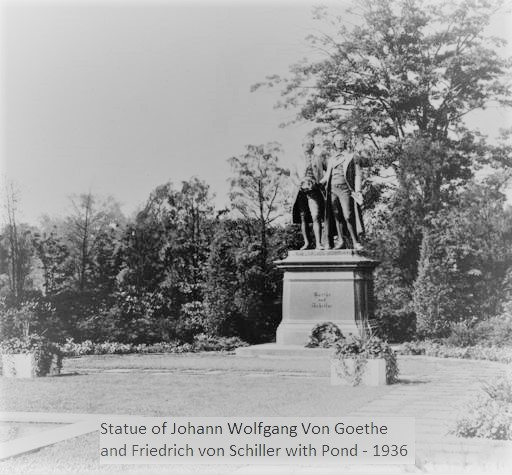
ART and SCULPTURES…
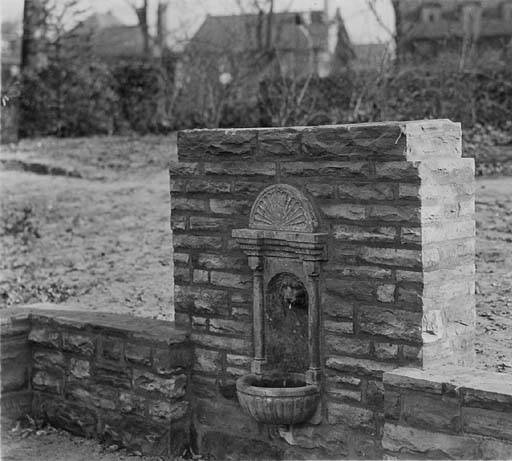
Froebel Fountain
Friedrich Froebel was a German teacher who helped lay the foundation of modern education. He believed that all children have different needs and capabilities, in which he established the first kindergarten (literally ‘children’s garden’) in 1837 in Germany. The fountain was originally located in the Garden of the Archbishop of Salzburg.
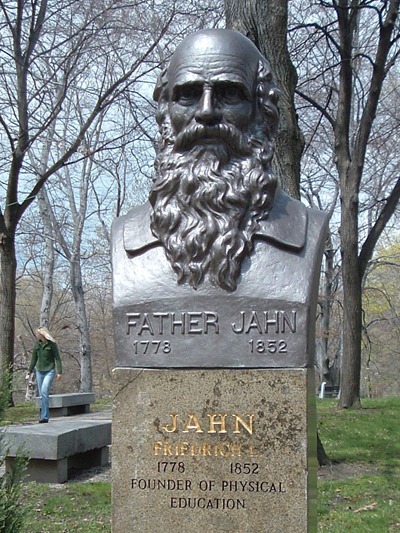
Nicknamed “Turnvater”, Frederich Jahn was a German nationalist and the father of gymnastics. He developed early forms of the balance beam and vaulting horse. For a period of time, after his death, he was claimed to be a founding father of Nazism. This concept would later be debated and discouraged.
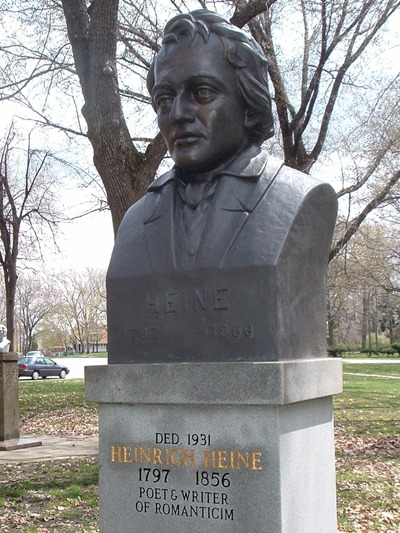
Heinrich Heine, was an influential German poet in the 19th century. He is known for his lyric poetry, which is a poetry form used to express feelings and is often set to music or a beat. Some of the most famous composers to provide music for his works are Robert Schumann and Franz Schubert.
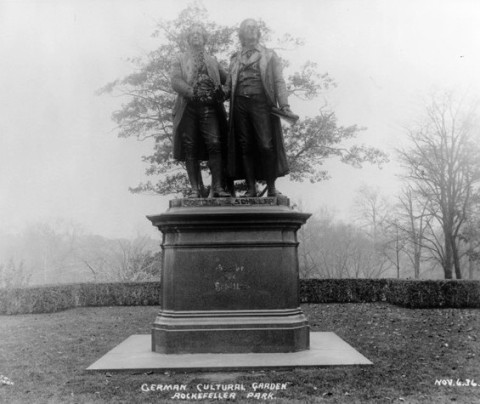
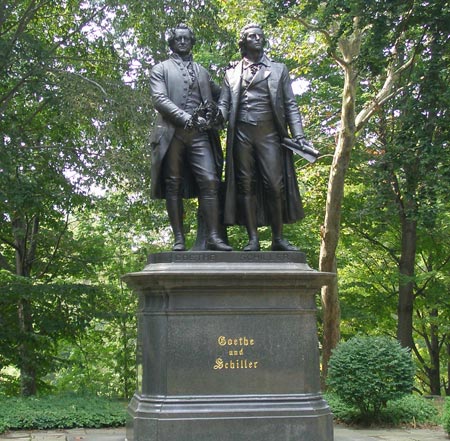
Cast in heroic scale, the monument to Goethe & Schiller towers above the German Cultural Garden. Originally dedicated June 9, 1907, at Wade Park, the statue was moved to its current location in 1929 for the dedication of the German Cultural Garden. This monument was cast from the same mold as the original statue located in Weimer, Germany that dates back to 1856. It is actually one of several replicas located around the world.
Johann Wolfgang von Goethe (1749-1832) was a German poet, novelist, playwright, courtier, and natural philosopher who may be best known for his poetic drama in two parts, Faust.
Johann Christoph Friedrich von Schiller (1759-1805) was a foremost German dramatist and, along with Goethe, a major figure in German literature’s Sturm und Drang (Storm and Stress) period.

Alexander von Humboldt, baby brother to philosopher Wilhelm von Humboldt, was an18th and 19th-century scientist and explorer. His work would lay the foundation to the field biogeography, which is the study of the distribution of species and organisms. Not much is known of his personal life since he had a tendency to destroy personal letters.
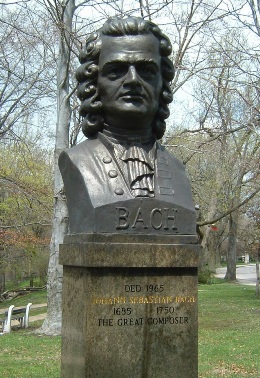
Johann Sebastian Bach was an established composer and organist, who would help establish styles and movements in music. Some of his most known works are ‘The Well-Tempered Clavier’ and the Mass in B Minor.
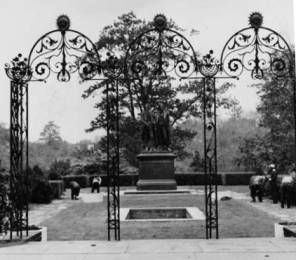
This wrought iron Memorial Gate has portals honoring three great Germans: Albrecht Dürer (1471-1528), the artist; Johann Sebastian Bach (1685-1750), the composer; and Ulrich von Hutten (1428-1523), soldier, humanist and writer. The design of these portals was supervised by Carl Bröml, a leader of the Federal Arts Project. They were created in 1937 by Herman Dercum.



